Astrology and the Zodiac are often associated with flowery magazine columns and teenager obsessions, however, unbeknownst to many, they are said to have roots in Islamic heritage.
Islamic Historian and Professor Ali A. Olomi has been garnering attention on Twitter for his informative threads about unconventional aspects of Islam, including the study of dreams, Islamic astrology and mythic and legendary creatures.
For centuries, the zodiac existed as a medieval Islamic intellectual tradition. There are historical meanings and definitions to each sign and associations with each group of signs. In Islamic cultural tradition, the same applies.
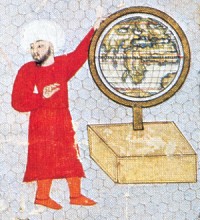
In one of his Twitter threads, Olomi shared that both medieval and Islamic astrology share an emphasis on planets, meaning that the signs themselves (such as Virgo, Leo, etc) are not as important as the planets that rule. This is different than the popular forms of astrology that appear in magazines and products that focus on the signs and commoditize and commercialize them. Therefore, their focus is placed on the way planets interact in houses and signs.
Islamic astrology shares a lot of commonalities and influence with European medieval astrology. For example how they interpret the different signs of the zodiac, or dairat al buruj
A thread on the signs in Islamic astrology: pic.twitter.com/ONXchcxzmh
— Ali A Olomi (@aaolomi) July 17, 2019
The designs of the horoscopes were also exquisite works of art that include meticulous detail. There have been numerous books and manuscripts focusing on astrology, and specific ones for public figures and people of interest in the Medieval Middle East. One of the most popular is the Book of birth of Iskandar, which contains the horosocope of a Timurid prince called Iskandar Sultan, according to the Wellcome collection.
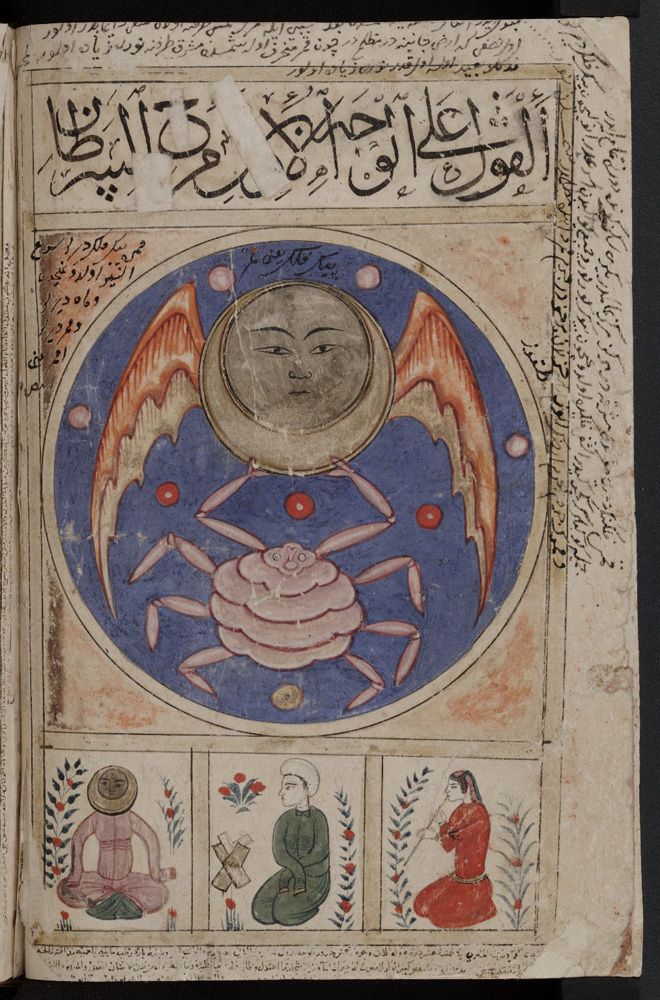
At a similar time, the Book of Wonders was created, which included many illustrations centering mythical creatures. According to The Public Domain Review, the book is from Baghdad during the reign of Jalayirid Sultan Ahmad, made up of astrological, astronomical and geomantic texts compiled by Abd al-Hasan Al-Isfahani. It also includes full-page illustrations including discourses on each sign of the zodiac.
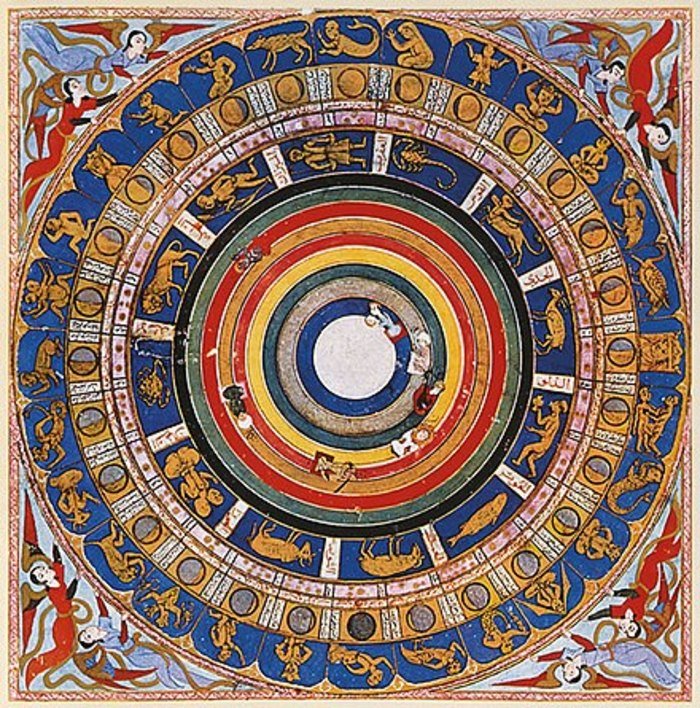
Whenever I teach history of Islam, we spend a day on astrology. Though theologically contentious, it was a major part of the Islamic intellectual tradition.
A thread on the so-called Arabic Parts & the connection between western astrology & Islam
— Ali A Olomi (@aaolomi) April 10, 2019
In the Arabic zodiac, Olomi adds that astrology is often used to calculate how and when people were bound to get married. He says that the way Islamic and Arab astrology can be seen is through a lens commonly seen in these cultures; “a synthesis of older traditions under Islam, imported to Europe, then later forgotten.”
The zodiac may seem to simply be a niche hobby for those who believe in astrology these days, but there are deep and often undiscovered seeds of it in Islamic culture that run back since medieval times.



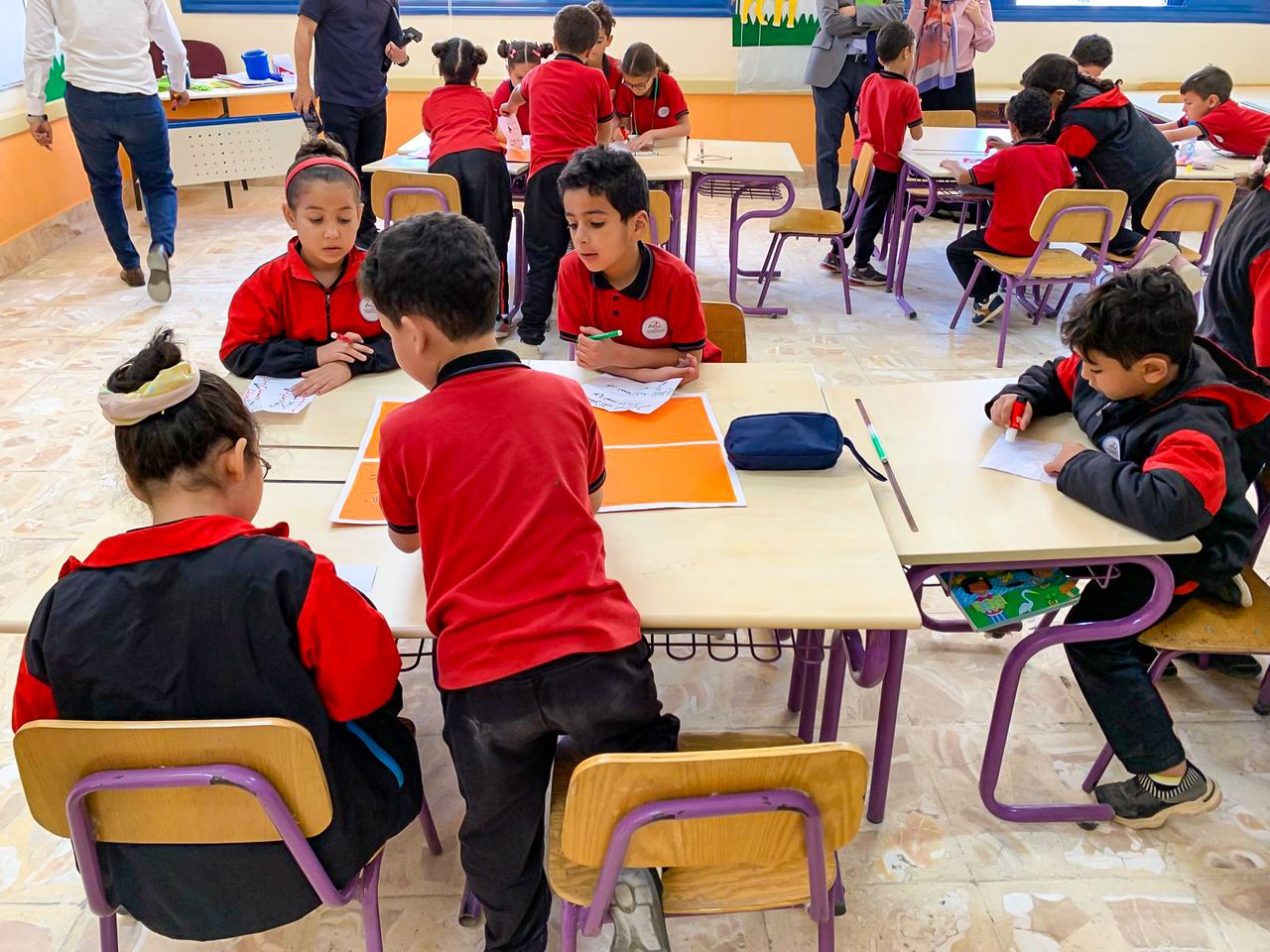
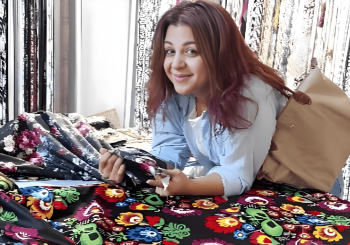


Comments (4)
[…] A Brief Visual History of the Zodiac in Islam […]
[…] A Brief Visual History of the Zodiac in Islam […]